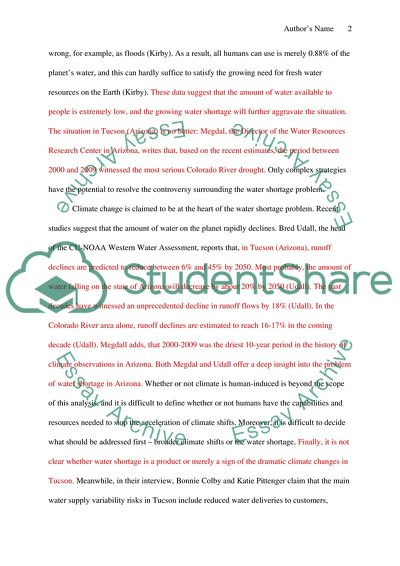Cite this document
(The Problem of Water Shortage Coursework Example | Topics and Well Written Essays - 1750 words, n.d.)
The Problem of Water Shortage Coursework Example | Topics and Well Written Essays - 1750 words. https://studentshare.org/environmental-studies/1769418-research-paper-about-water-shortage
The Problem of Water Shortage Coursework Example | Topics and Well Written Essays - 1750 words. https://studentshare.org/environmental-studies/1769418-research-paper-about-water-shortage
(The Problem of Water Shortage Coursework Example | Topics and Well Written Essays - 1750 Words)
The Problem of Water Shortage Coursework Example | Topics and Well Written Essays - 1750 Words. https://studentshare.org/environmental-studies/1769418-research-paper-about-water-shortage.
The Problem of Water Shortage Coursework Example | Topics and Well Written Essays - 1750 Words. https://studentshare.org/environmental-studies/1769418-research-paper-about-water-shortage.
“The Problem of Water Shortage Coursework Example | Topics and Well Written Essays - 1750 Words”. https://studentshare.org/environmental-studies/1769418-research-paper-about-water-shortage.


